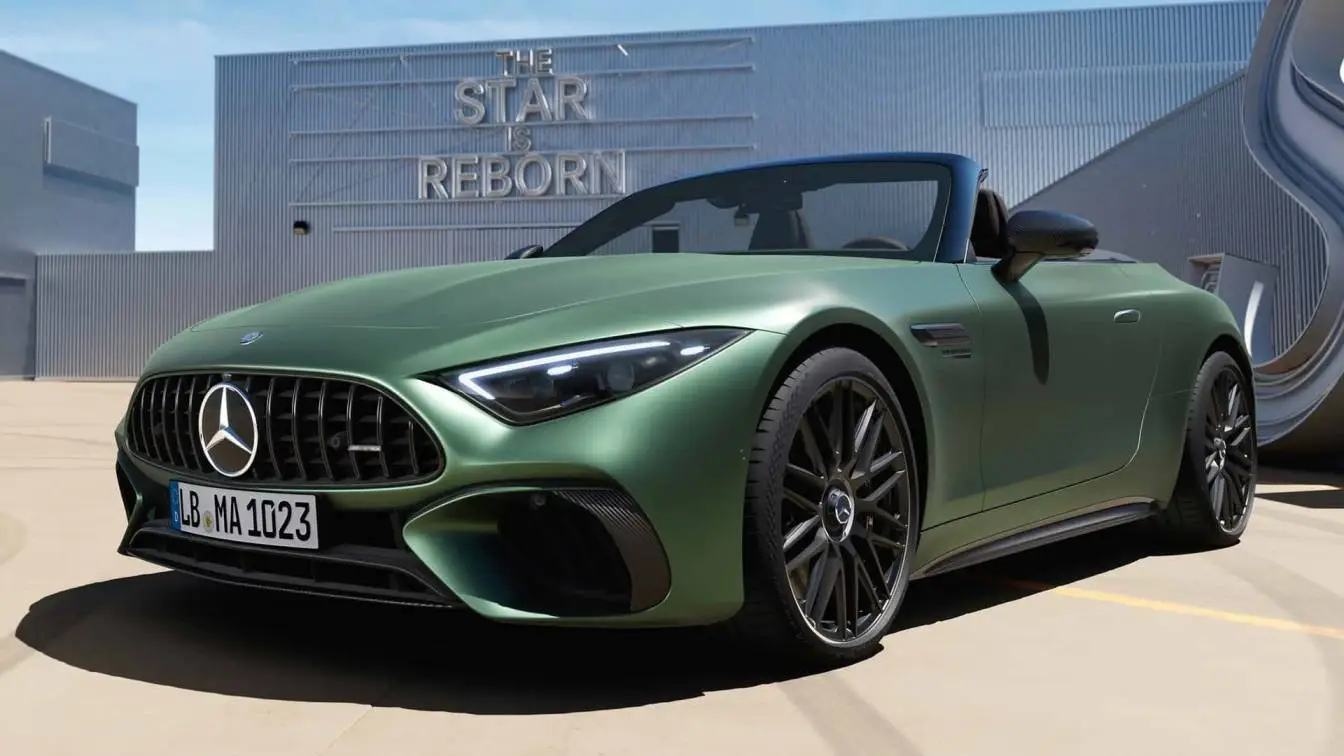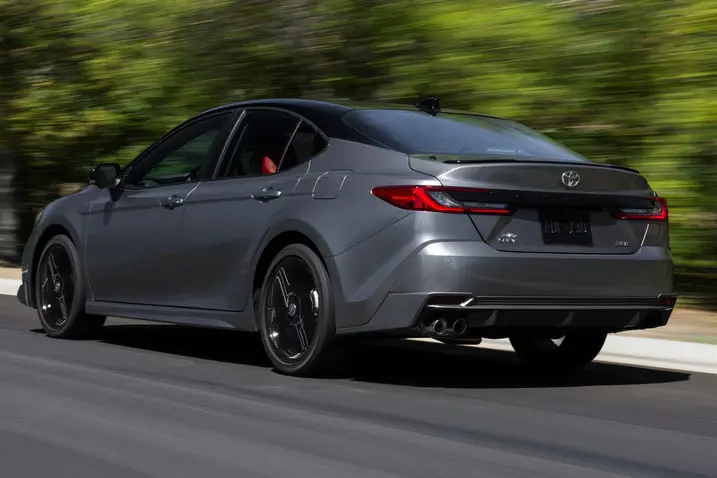Milestone motors:
- We decided to look at automobiles with big birthdays that end in a zero in 2024.
- There are a lot of them, so please forgive us if we missed one of your favorites.
- That being said, we have a lot to get done - and a lot of candles to blow out.
Peugeot Type 7 (1894):

- In 1894, Peugeot introduced several new cars, but the Type 7 was undoubtedly the most noteworthy.
- That's because it was the first to feature a 1282cc V-twin Daimler engine, a significant improvement over the company's previous 565cc unit.
- In the 1894 Paris-Rouen race, Type 7 was the second-fastest car and the first with a petrol engine, only being beaten by a De Dion-Bouton steamer.
- Despite this accomplishment, sales were extremely low at the time, prompting Eugène Peugeot to conclude that producing vehicles was a horrible idea and that the family business should stick to bicycles instead.
Fiat 60hp (1904):
- Fiat introduced what has been described as 'the first true Italian supercar' just five years after it was founded to take over production of a modest two-cylinder automobile created by a bicycle manufacturer. The incredibly expensive 60hp, introduced 120 years ago, was a rival to the fearsome Mercedes of the same name, which had been introduced a year earlier, however at 10.6 liters, the Italian engine was 1.3 liters larger than the already sizable German one.
Ford Model B (1904):
- The Model B, as the name implies, was Ford Motor Company's second car, and the first with what we now consider a conventional layout - and it, too, will be 120 in 2024.
- The previous year's Model A and its replacement, the Model C, both had rear-mounted flat-twin engines, whereas the B had a front-mounted four-cylinder unit.
- The B was inevitably more expensive than the A, but it was also Ford's first range-topper, assuming that a manufacturer has a range only when it produces more than one model.
Rolls-Royce 10hp (1904):
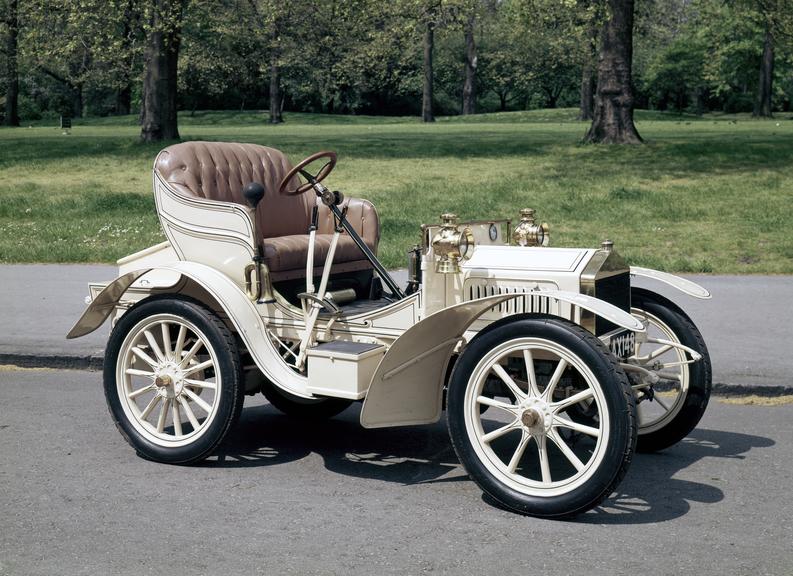
- Rolls-Royce, unlike the other manufacturers discussed thus far, did not exist as a firm when the first vehicle bearing its name went into production.
- Henry Royce created and built a prototype for the two-cylinder 10hp in 1903.
- In 1904, Charles Rolls drove this car and was so delighted that he told Royce that he would buy as many as the engineer could build and sell them through his dealership.
- The classic car birthday, marketed as the Rolls-Royce, was a huge success, resulting in the formation of one of the most famous corporations in motoring history in 1906.
Alfa Romeo 20/30hp (1914):
- The 20/30hp was derived from Alfa's initial model, the 24hp of 1910, and was introduced four years later when the firm was still known as Anonima Lombarda Fabbrica Automobili, or Lombardy Car Factory Ltd.
- It was produced for barely two years in its initial run, but returned in 1920, by which time entrepreneur Nicola Romeo had taken over the company.
- Romeo merged his name with that of the company he had purchased, and the subsequent version of the 20/30hp became the first Alfa Romeo.
Chevrolet Light Six (1914):
- Chevrolet was co-established in 1911 by ex-Swiss racing driver Louis Chevrolet and American industrialist William Durant, who had previously launched - but shortly left - General Motors.
- The Light Six was released in 1914, 110 years ago, and when the Classic Six was withdrawn after that year, it became Chevrolet's most costly model.
- It didn't last long because Durant, who wanted the company to make cheaper automobiles in larger quantities, discontinued it after buying out his old partner.
Chrysler Six (1924):

- The Chrysler Six, despite its name, was a product of the Maxwell Automobile Company, which had recently been purchased by the enormously wealthy Walter Chrysler. The Six, which was first equipped with a 3.3-litre version of what would become a long-running flathead straight-six engine, had an excellent career, lasting 12 years.
- When Maxwell was reorganized as the Chrysler Corporation in 1925, the names of the classic car birthday and its manufacturer became synonymous.
MG 14/28 (1924):
- The original MG automobile, which was essentially a sporty variant of the contemporaneous Morris Oxford with a changed chassis and modified bodywork, celebrates its centennial.
- The fact that it still bore Morris branding revealed its origins to those who didn't already know.
- The 14/28 was upgraded in late 1926 and became the 14/40 (shown).
Bugatti Type 57 (1934):
- The Type 57 was not only one of the most desired European automobiles of the 1930s, but it was also the last roadgoing Bugatti introduced before the onset of WWII.
- It was always powered by a 3.3-litre straight-eight engine and came in a variety of configurations, including the normal tourer, the reduced S and SC, and the extremely uncommon Atalante (shown) and Atlantic versions.
- Competition derivatives won the 1936 French Grand Prix (which was exclusively available to sports cars that year), as well as the 1937 and 1939 Le Mans 24 Hours.
Lagonda Rapier (1934):
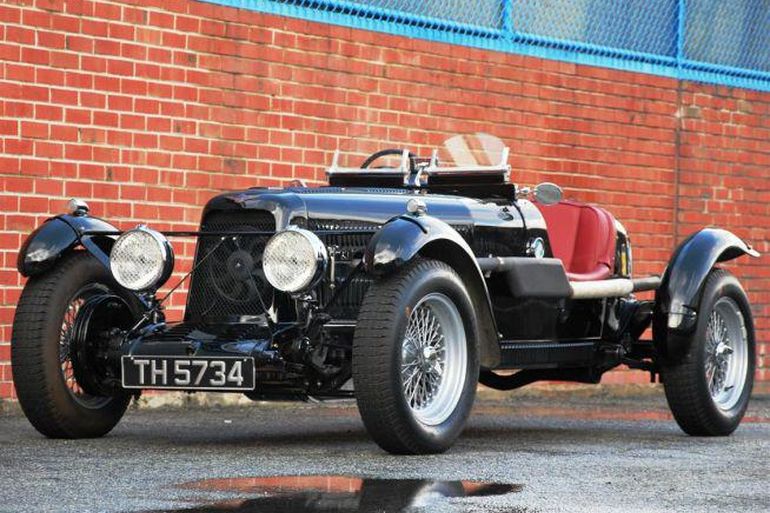
- Despite being far more traditional than either the Chrysler Airflow or the Citroen Traction Avant of the same year, the Rapier was a technically intriguing classic car birthday.
- That was partly due to its engine, which was far smaller than would be anticipated of a Lagonda at 1104cc but had the surprising feature of twin-overhead camshafts.
- Any hopes that the Rapier would propel Lagonda to greater success were quickly dashed, and the firm was placed in receivership in 1935.
- Rapier production ended at this time, although spare pieces were built into full vehicles by the Rapier Cars firm, which did not utilize Lagonda branding.
Read Also: Exploring the Features of the Buick Encore GX
Austin Cambridge (1954):
- Austin Cambridge, the first of numerous succeeding postwar versions, was introduced in two varieties.
- They were nearly identical, but the A40 had a 1.2-litre version of the new BMC B-series engine, while the A50 had a 1.5-litre engine.
- According to the Cambridge-Oxford Owners' Club, the A50 was far more popular than the A40, with 114,867 examples constructed vs only 30,666 for the A40.
- Both were phased out in 1957 to make room for the A55, a mechanically similar but stylistically distinct update to the A50.

.webp)
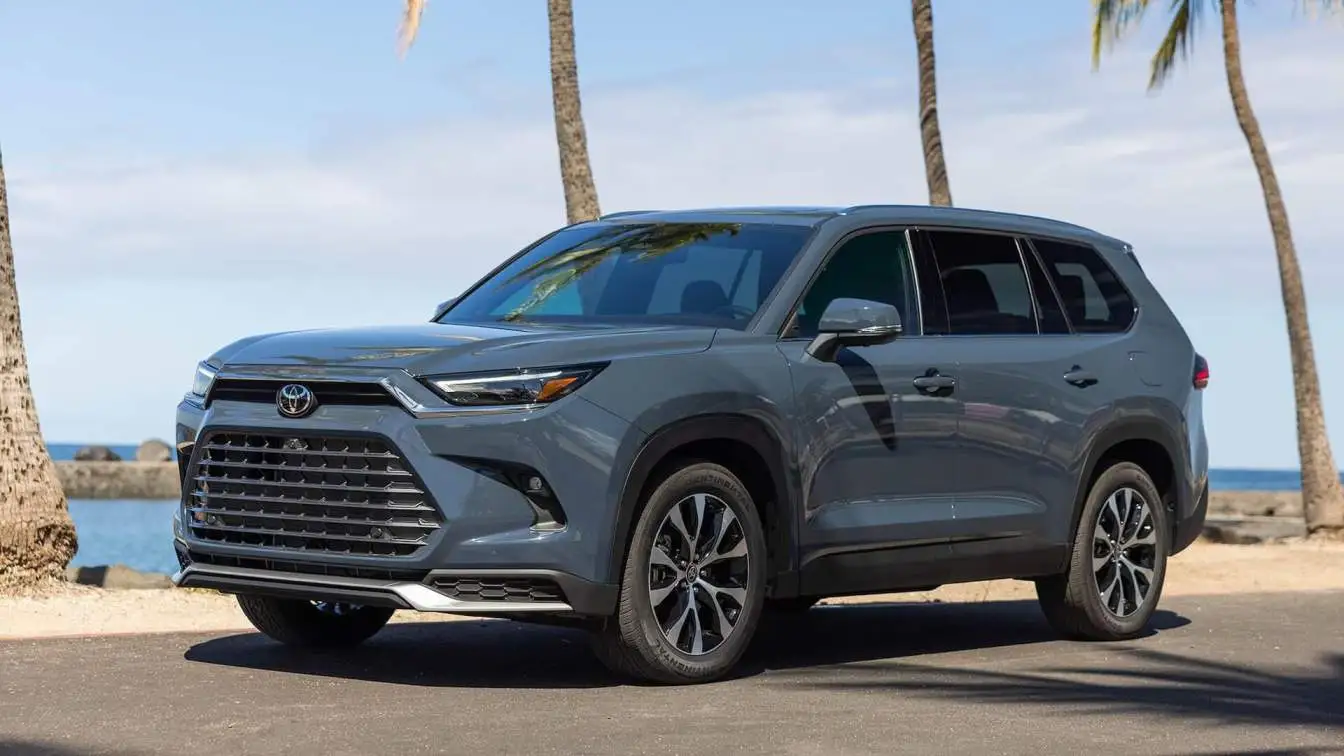
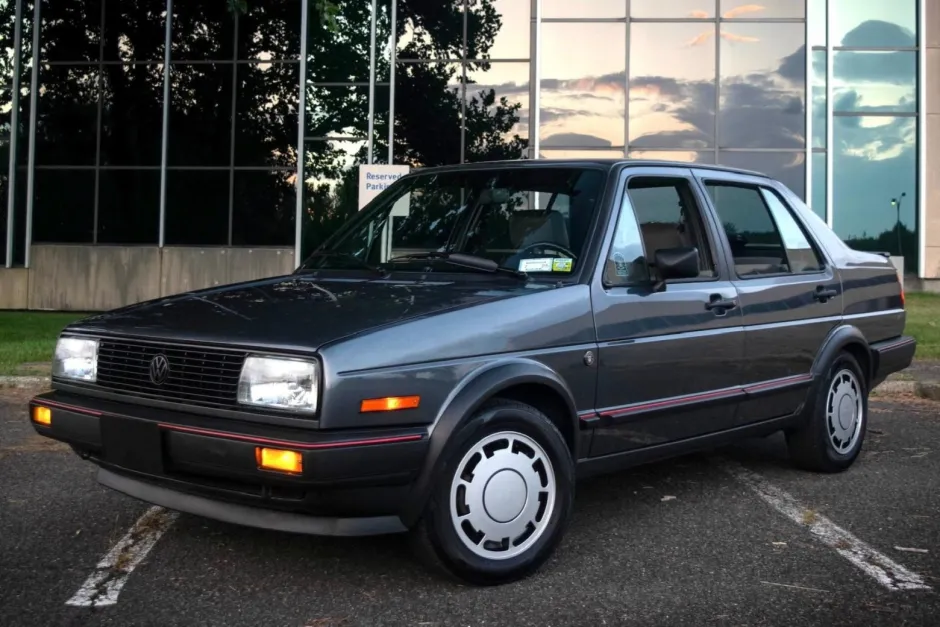
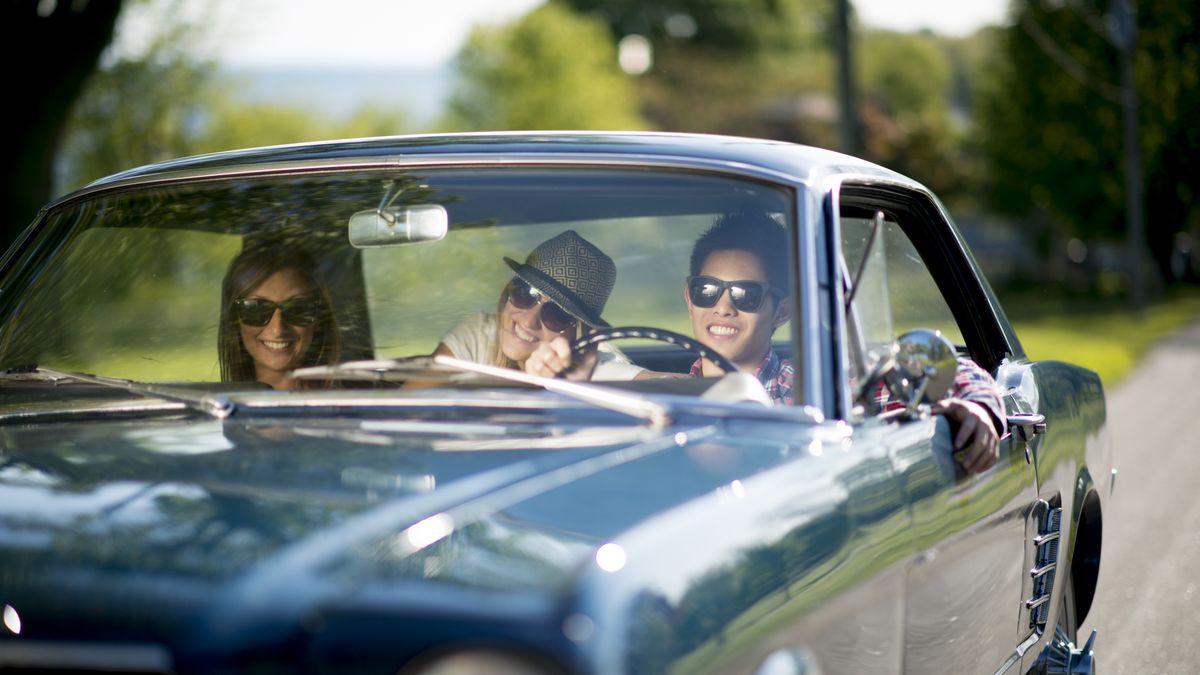
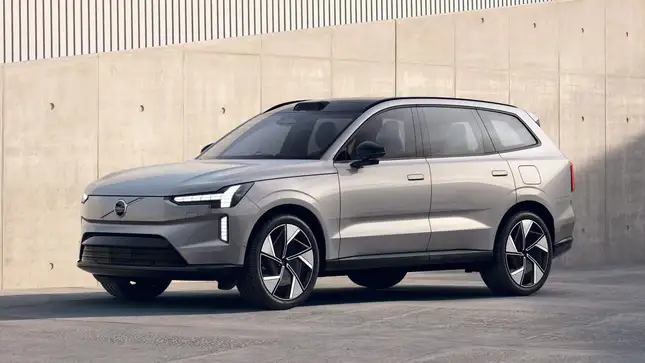
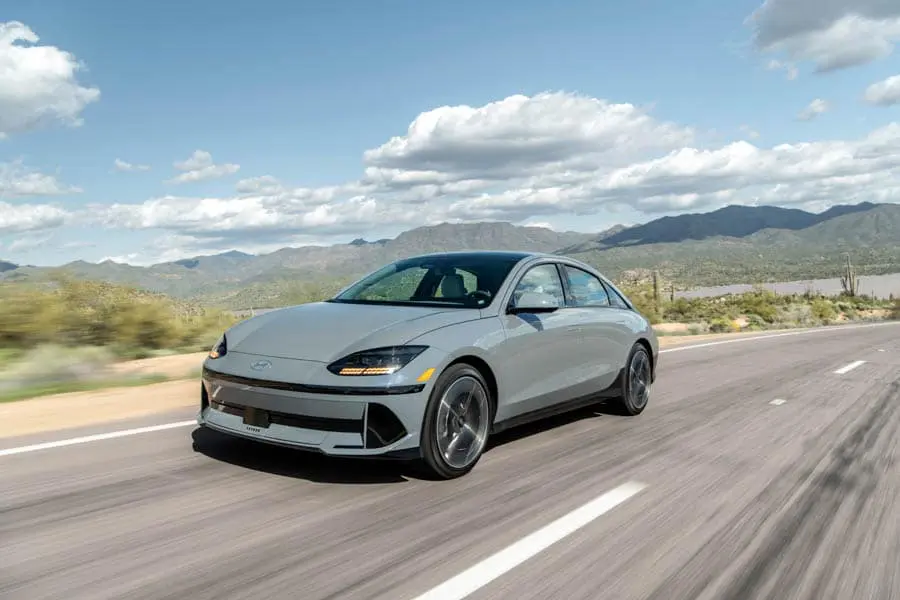
.webp)
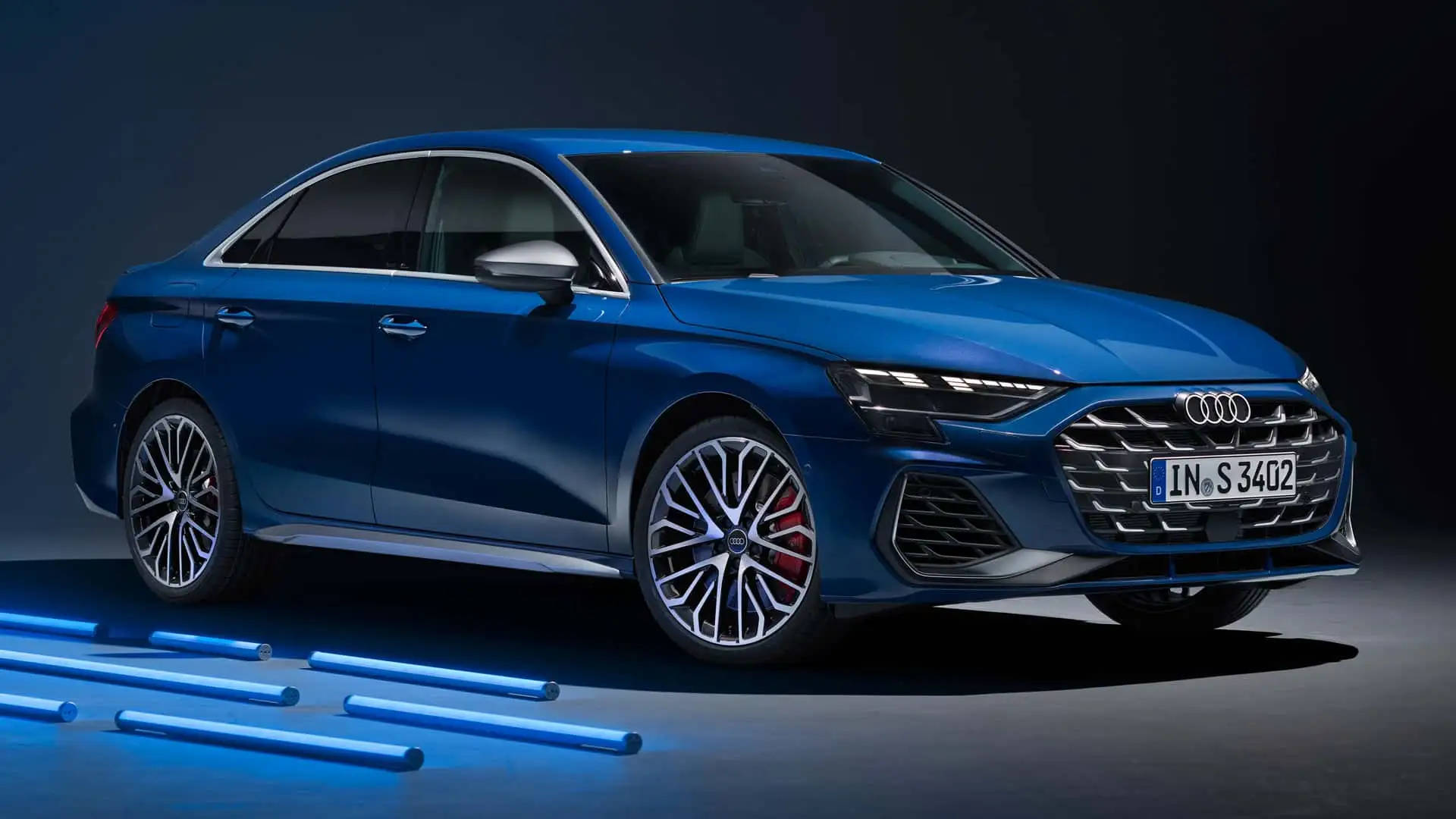
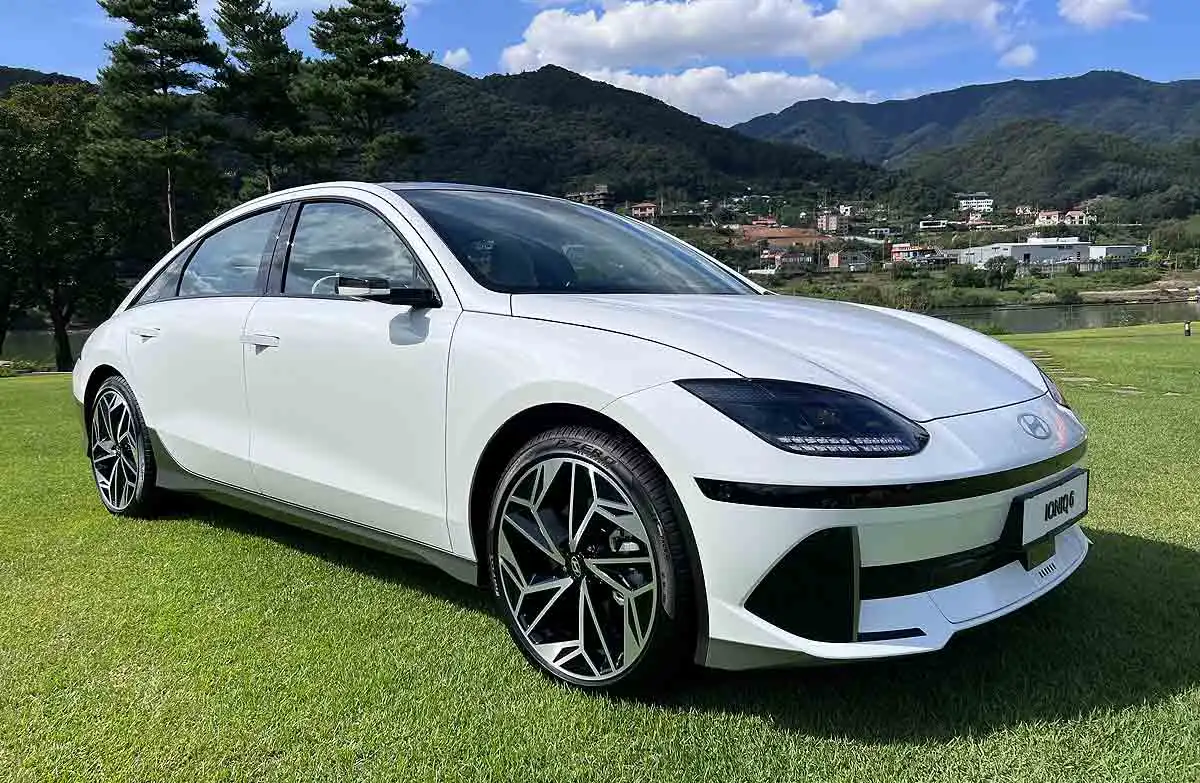
.webp)
